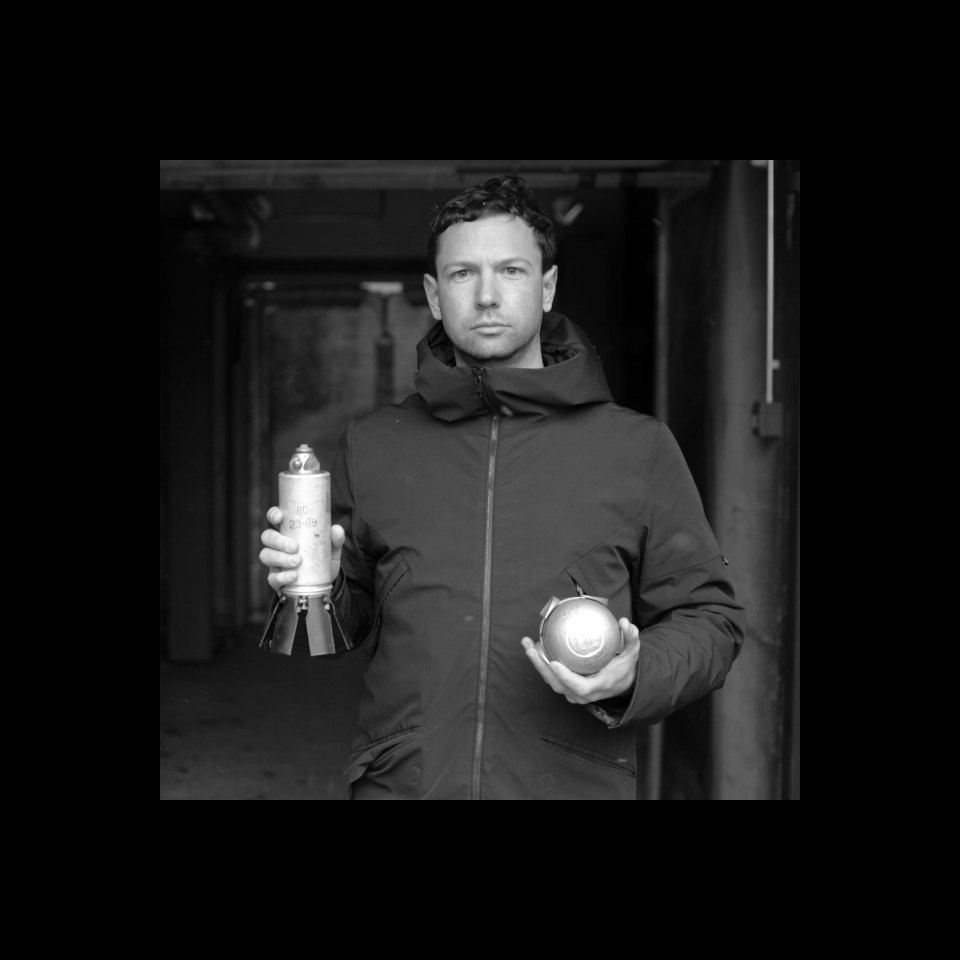Adam Harvey is an artist, software engineer, and applied researcher based in Berlin. His work is focused on computer vision, privacy, and surveillance technologies. Harvey is a graduate of the Interactive Telecommunications Program at New York University (2010) and Pennsylvania State University (2001).
Harvey’s research and artwork has been featured in prominent media publications including the New York Times, Wall Street Journal, Nature, New Yorker, Frankfurter Allgemeine, Süddeutsche Zeitung, Washington Post, Le Monde, The Guardian, BBC, Economist, and the Financial Times; and shown at internationally acclaimed institutions and events including the V&A museum (UK), Seoul Mediacity Biennale (KR), Istanbul Design Biennale (TK), Frankfurter Kunstverien (DE), Zeppelin Museum (DE), Utah Museum of Contemporary Art (US), and Kemper Museum of Contemporary Art (US).
Recently, Harvey developed VFRAME, a computer vision project for human rights researchers working on OSINT investigations. VFRAME received an Award of Distinction from Ars Electronica in 2019, was nominated for the EU STARTS prize in 2018, and nominated for a Beazley Design of The Year Award in 2019. The project is in active development and the latest research was presented at the 2021 Geneva International Center for Humanitarian Demining Mine Action Technology Workshop.
Rapid Response Project
For Phase 1 of the Rapid Response Fellowship, Harvey conducted work on his project VFRAME, an initiative that aims to provide computer vision tools for human rights researchers and investigative journalists. He developed two prototypes exploring techniques to improve crowdsourced forensic analysis in an effort to address current conflicts around police accountability in the United States. The resulting computer vision tools would then be used in investigative reporting that aligns with the public interest.
